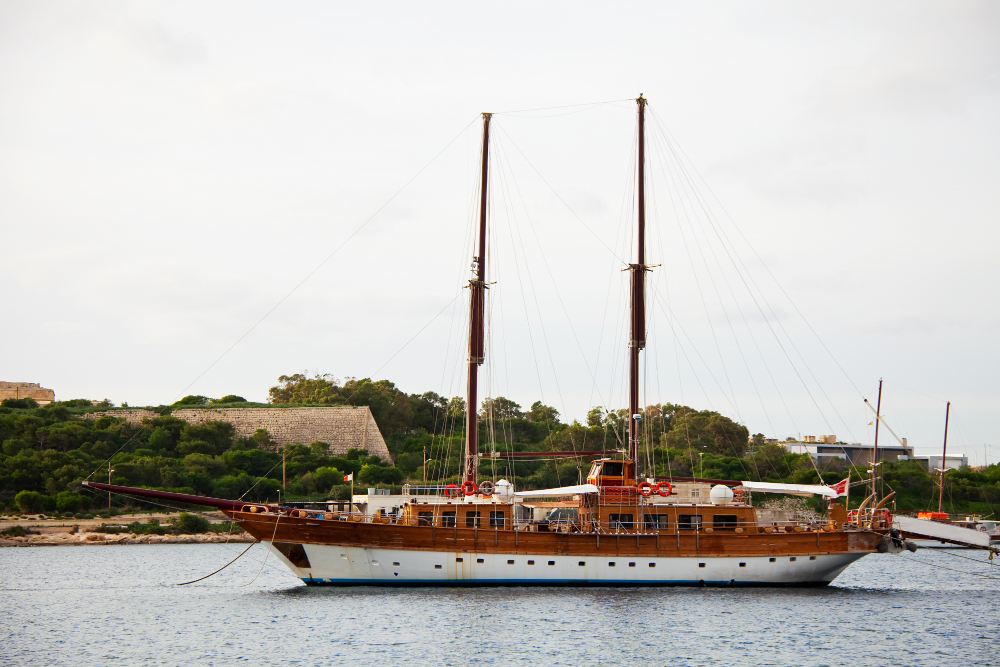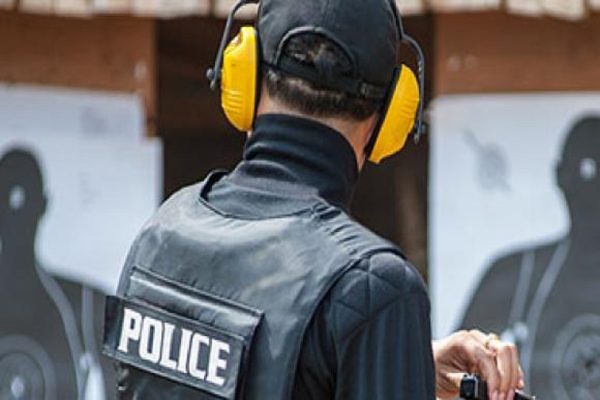The ship bow is more than just its front; it’s a critical structural and hydrodynamic component that influences how a vessel moves through water, handles waves, and consumes fuel. While often overlooked by casual observers, the design and function of the bow are the result of careful engineering and centuries of maritime evolution.
What Is the Bow of a Ship?
The bow is the forward-most part of a ship’s hull—the point that first cuts through the water. It plays a major role in determining the ship’s performance, especially in terms of resistance, stability, and seakeeping (how well it handles waves).
Why the Bow Matters
A well-designed bow provides several key advantages:
-
Reduces Water Resistance: A streamlined bow allows the ship to move efficiently through water, improving speed and fuel economy.
-
Enhances Stability: The shape of the bow affects how the ship responds to waves and rough seas.
-
Improves Seakeeping: Certain bow designs help reduce slamming and pitching, making the ship’s movement smoother and safer.
Types of Ship Bows
Different ships have different bow designs based on their function and the environments they navigate:
1. Bulbous Bow
-
A rounded protrusion just below the waterline.
-
Common on cargo ships, tankers, and cruise liners.
-
Reduces drag and wave resistance, especially at higher speeds.
2. Raked Bow
-
Sloped backward from the waterline up.
-
Helps cut through water more easily.
-
Found on fast vessels like naval ships and ferries.
3. Clipper Bow
-
Features a graceful, upward curve and often includes a bowsprit.
-
Traditional design seen on older sailing vessels.
-
Designed to reduce spray and handle large waves.
4. Icebreaker Bow
-
Strong, reinforced, and designed to ride over and crush ice.
-
Used in ships operating in polar regions.
5. Inverted or X-Bow
-
Modern design where the bow slopes downward.
-
Reduces pitching and provides better fuel efficiency in rough seas.
-
Common in offshore vessels and some newer commercial ships.
Structural Components of the Bow
Several key elements make up the bow’s structure:
-
Stem: The very front edge of the bow, often reinforced.
-
Forepeak: The forward-most compartment inside the hull, often used for ballast or storage.
-
Bow Thrusters: Lateral propulsion units located near the bow below the waterline to help with maneuvering in ports.
Conclusion
The bow of a ship is not just its “face” but its point of first contact with the ocean. It affects speed, stability, fuel consumption, and the overall handling of the vessel. Modern shipbuilders continue to innovate bow designs to meet the demands of efficiency, performance, and environmental impact. Whether you’re a student of naval architecture or simply curious about how ships work, understanding the bow is a great place to start.





